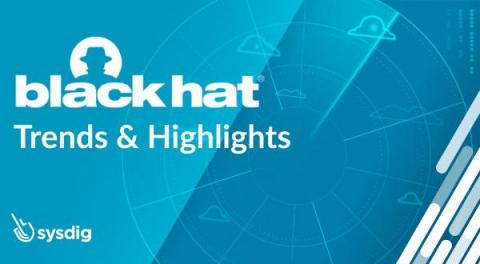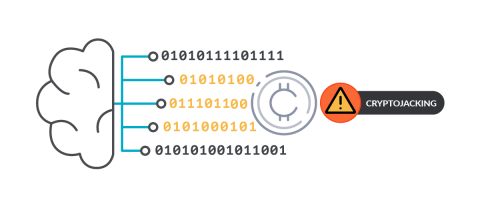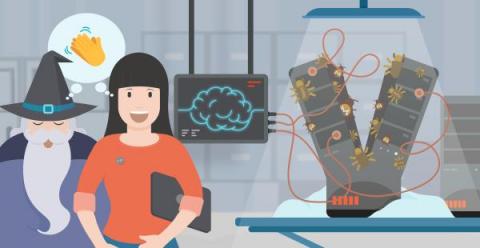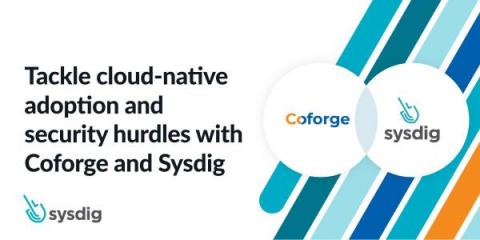SBOM 101 - All the questions you were afraid to ask Software Bill of Materials
During many recent security incidents, we hear a lot of messages about the lack of knowledge of the code dependencies, attacks to the software supply chain, Software Bill of Materials (SBOM), digital signatures, provenance, attestation, etc. The fact is, every time a new vulnerability appears in the landscape, we usually need to spend a lot of time and effort to detect the real impact on the applications and services that are running in our environment.











